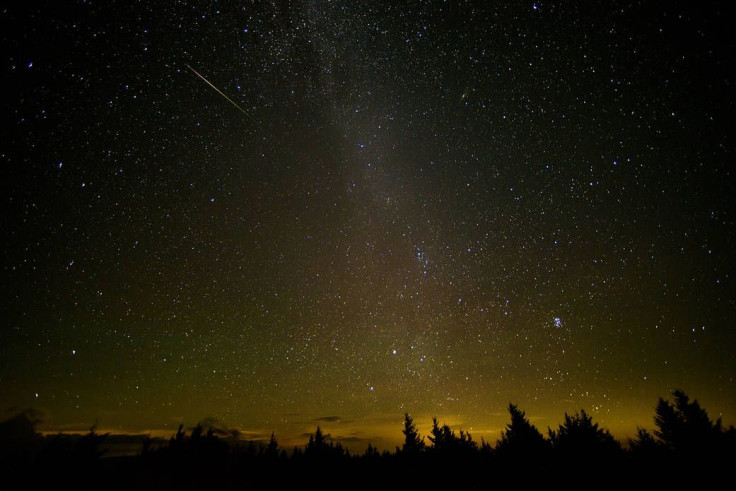Sturgeon Moon, Meteor Shower: Sky Events To Watch Out For In August
KEY POINTS
- August has a lot of celestial events for sky watchers to observe
- The Perseids meteor shower in mid-August is said to be one of the best to watch
- This summer is also an excellent time to view Jupiter and Saturn
- People still have a chance to spot Comet NEOWISE even as it is fading
July has been an excellent month for sky watching and it looks like August will also be another great one. From the Sturgeon Moon to one of the best meteor showers, sky watchers are in for a treat this August.
The Moon is technically only full for a few moments but, here on Earth, it appears full for several days. This August, the full Moon will begin to appear late in the evening on Saturday, Aug. 1, until early Wednesday morning. It will actually reach its peak illumination Monday, Aug. 3, at 11:59 a.m. EDT.
The Old Farmer's Almanac explains that this month's full moon is called a Sturgeon Moon because it is during this time in the summer when the giant sturgeons in the Great Lakes and other water bodies were most readily caught. Other names for it include the "Full Green Corn Moon," "Wheat Cut Moon," "Blueberry Moon" and "Moon When All Things Ripen."
The evening of the Full Moon will also be a good time to watch for Jupiter and Saturn, with Jupiter being visible about 19 degrees above the horizon while Saturn will be about 18 degrees above the horizon.
This evening will not be the only time when Jupiter and Saturn will be visible as this summer has been an excellent time to view the said planets. As the summer months progress, both planets will appear to move toward the west, which means they will be visible earlier in the evening.
Sky watchers using a backyard telescope may even catch a glimpse of some of the planets' bigger moons.
The Perseids meteor shower is also expected to put on a show this August, as it reaches its peak on the evening of Aug. 11 to the morning of Aug. 12. Considered as one of the best meteor showers to observe, it is expected to produce "shooting starts" up to 60 per hour during its peak.
Its meteors are so bright and numerous that even if the second quarter Moon is expected to block out some of the fainter meteors this year, sky watchers can still expect to witness a good show.

Those who want to view it don't need to use any special equipment. They need only a clear view of the sky, patience and good weather conditions. It is best to be in a place that's far from city lights.
Also on Aug. 12 is planet Venus's greatest western elongation, which means it will appear at its greatest separation from the Sun. This is said to be the best time to view Venus because it will be at its highest point above the horizon in the morning sky before sunrise.
On Aug. 18 at 10:41 p.m. EDT, it will be the New Moon, during which the Moon will not be visible from the Earth as it passes between our planet and the Sun.
"This will be the third new Moon in a season with four new Moons, so (following the analogy for naming Blue Moons) some now call this a 'Black Moon'" NASA said.
As for comet NEOWISE, which has been putting on a great show for sky watchers in various parts of the globe, there is still a chance to catch a glimpse of it even though it has started to grow dimmer and move away. In the northern hemisphere, for instance, it is also moving higher in the sky, making it easier to spot in the night sky.
Those who want to catch a glimpse of it are better off using a telescope, especially since the light from the Moon could interfere with its visibility.
© Copyright IBTimes 2024. All rights reserved.






















